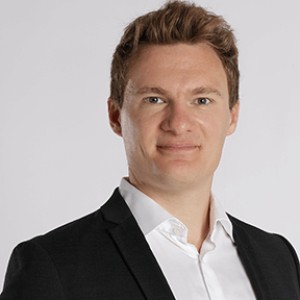- Video Library
- Mads Matthiesen Presents CathVision at LSI Europe '23
Mads Matthiesen Presents CathVision at LSI Europe '23

Mads Matthiesen
Mads Matthiesen co-founded CathVision in 2010 and currently serves as the company’s CEO. He has extensive experience in the field of cardiology as both a business leader and biomedical engineer and has spent more than a decade involved in the development of innovative medical devices and research in Europe and the U.S. Under Matthiesen’s leadership, CathVision achieved FDA clearance of the company’s first technology – the ECGenius™ System. He also has led efforts for the product’s commercial launch in the U.S. Matthiesen is a graduate of the Technical University of Denmark and holds a degree in biomedical engineering. He has completed additional education training at MIT and Harvard in the areas of medical device and implant design. Prior to the incorporation of CathVision in 2013, Matthiesen worked as a management consultant at the Boston Consulting Group, Copenhagen.
Mads Matthiesen
Mads Matthiesen co-founded CathVision in 2010 and currently serves as the company’s CEO. He has extensive experience in the field of cardiology as both a business leader and biomedical engineer and has spent more than a decade involved in the development of innovative medical devices and research in Europe and the U.S. Under Matthiesen’s leadership, CathVision achieved FDA clearance of the company’s first technology – the ECGenius™ System. He also has led efforts for the product’s commercial launch in the U.S. Matthiesen is a graduate of the Technical University of Denmark and holds a degree in biomedical engineering. He has completed additional education training at MIT and Harvard in the areas of medical device and implant design. Prior to the incorporation of CathVision in 2013, Matthiesen worked as a management consultant at the Boston Consulting Group, Copenhagen.

17011 Beach Blvd, Suite 500 Huntington Beach, CA 92647
714-847-3540© 2025 Life Science Intelligence, Inc., All Rights Reserved. | Privacy Policy







